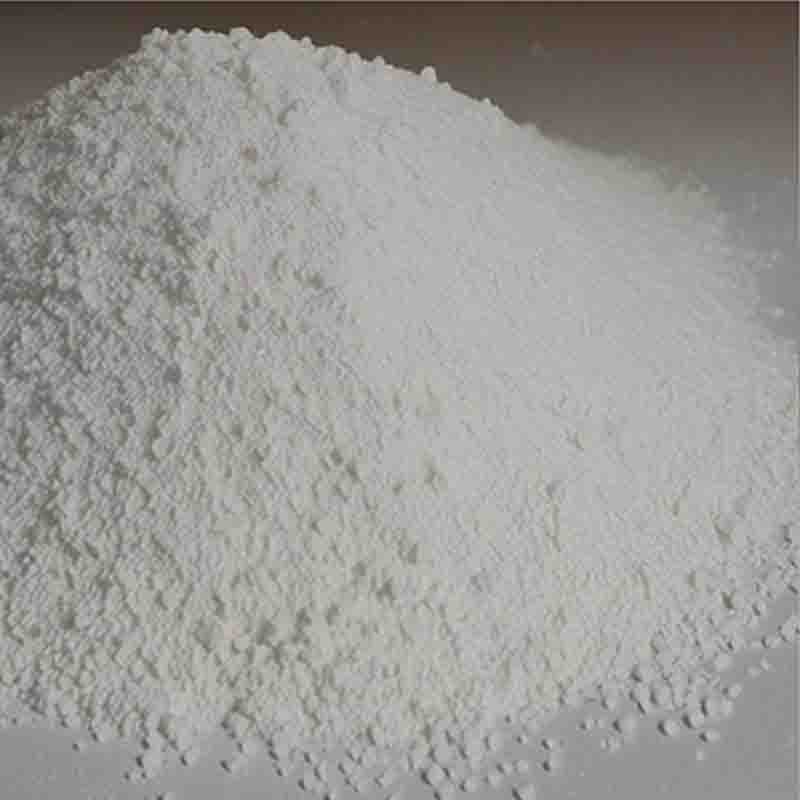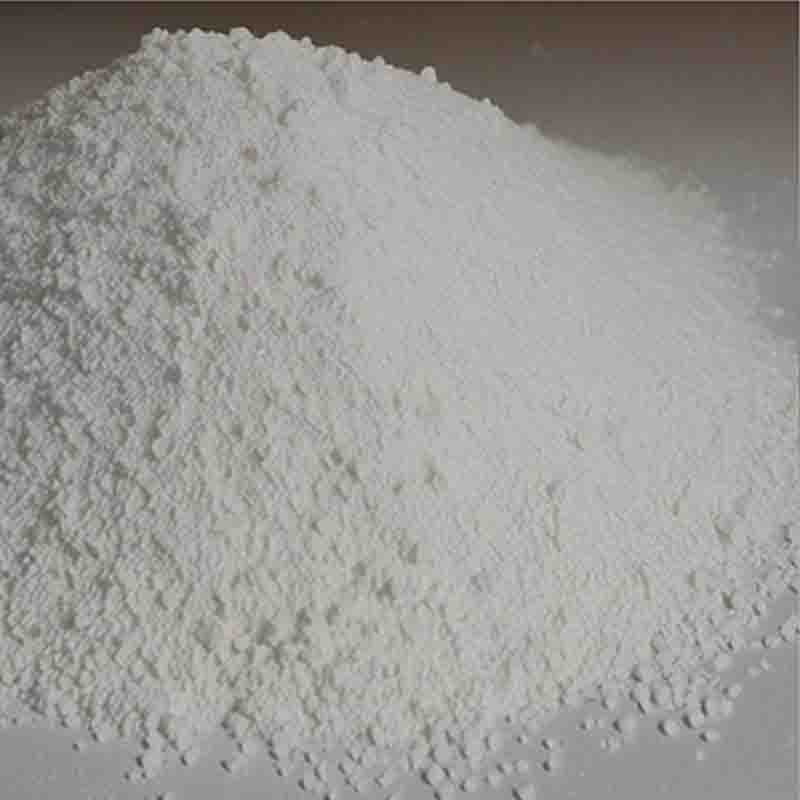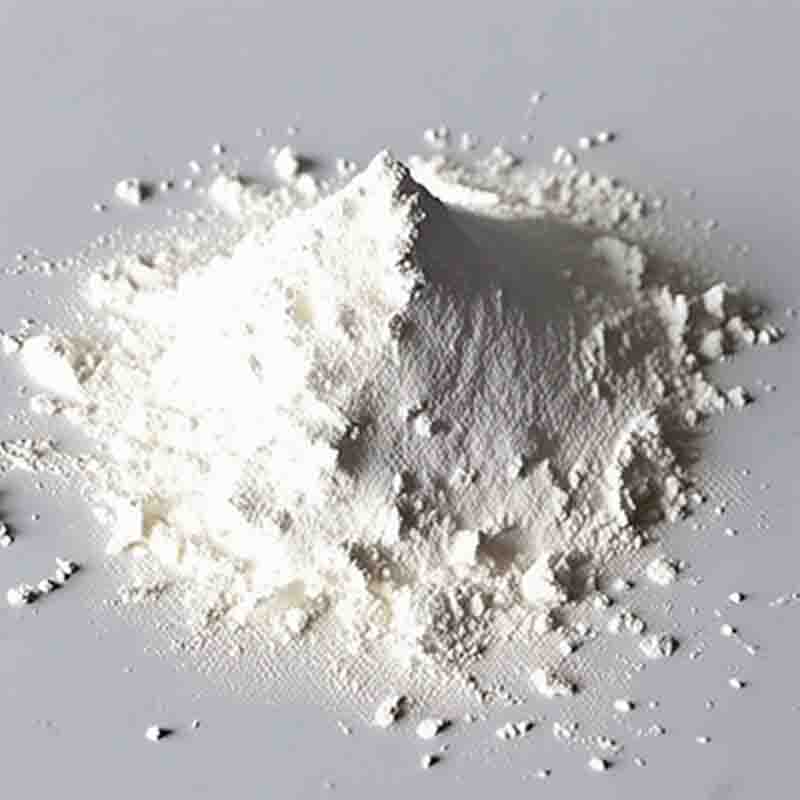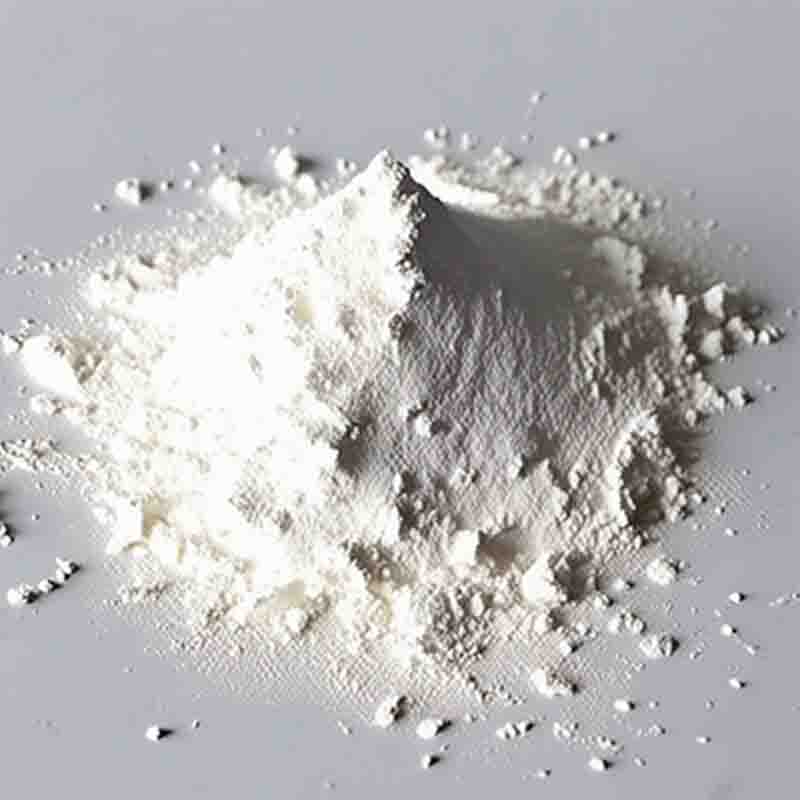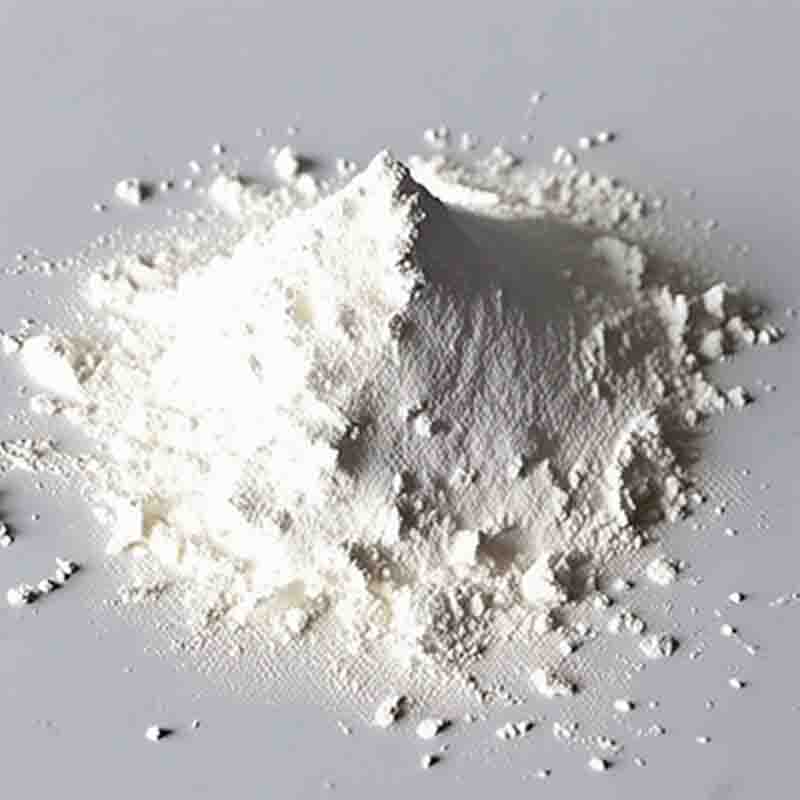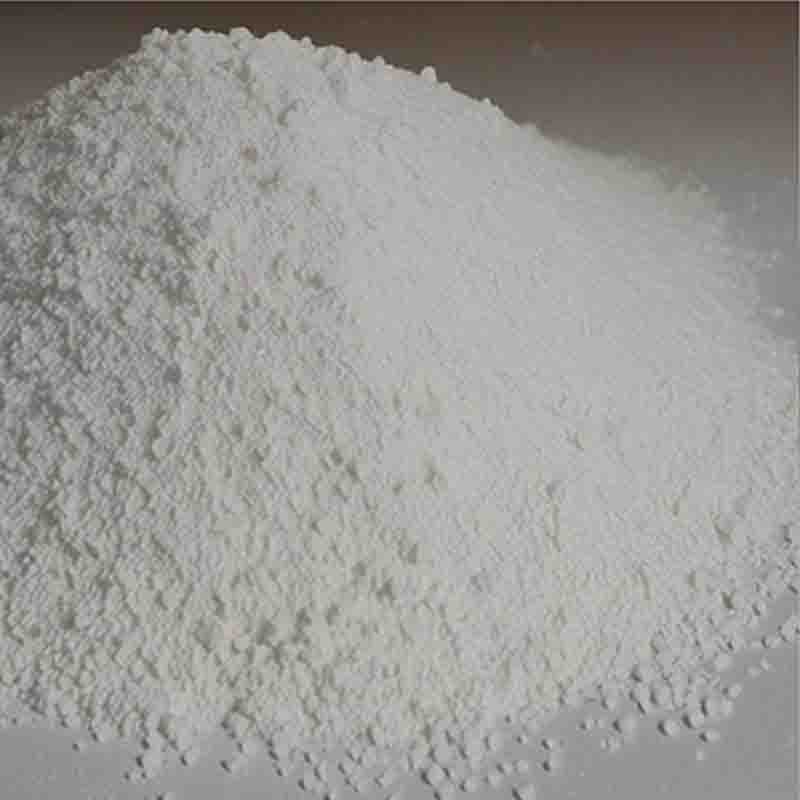squaricacid CAS:2892-51-5
| Catalog Number | XD96036 |
| Product Name | squaricacid |
| CAS | 2892-51-5 |
| Molecular Formula | C4H2O4 |
| Molecular Weight | 114.06 |
| Storage Details | Ambient |
Product Specification
| Appearance | White powder |
| Assay | 99% min |
Squaric acid, also known as 3,4-dihydroxy-3-cyclobutene-1,2-dione, is a chemical compound with the molecular formula C4H2O4. It has unique properties and various effects in different fields. Here, we will discuss some of the notable effects of squaric acid.One of the significant effects of squaric acid is its potential as a photosensitizing agent. It has been extensively studied in photodynamic therapy (PDT), a medical treatment that involves using light-sensitive compounds to destroy cancer cells. When exposed to light of a specific wavelength, squaric acid can generate reactive oxygen species that cause damage to cancer cells, leading to their elimination. This property makes squaric acid a promising candidate for the development of novel anticancer therapies.Furthermore, squaric acid has demonstrated its effectiveness as a corrosion inhibitor. It has been used to protect various metals and alloys from corrosion in different environments. When applied as a coating or added to a corrosion-inhibiting formulation, squaric acid forms a protective film on metal surfaces, preventing the corrosive agents from reaching and damaging the metal. This feature makes it suitable for industrial applications where protection against corrosion is crucial.Squaric acid also possesses notable optical properties. It exhibits strong absorption in the ultraviolet-visible region, making it useful in the development of dyes, pigments, and colorants. Additionally, it has fluorescence properties, which have been explored for applications in various fields, including optoelectronics and light-emitting devices. Squaric acid-based dyes and materials have been studied for their potential in organic electronics, such as organic light-emitting diodes (OLEDs) and solar cells.Moreover, squaric acid has been investigated for its role in organic synthesis. It can act as a versatile building block in the synthesis of various organic compounds. Due to its unique structure, squaric acid undergoes diverse chemical reactions, allowing for the creation of complex molecules with desirable properties. It has been utilized in the synthesis of pharmaceuticals, agrochemicals, and other organic compounds of industrial importance.It is important to note that further research and development are necessary to fully explore the potential effects and applications of squaric acid. Its diverse properties open up avenues for innovation and advancement in different fields, ranging from medicine to materials science and beyond. However, careful consideration must be given to its stability, toxicity, and appropriate conditions for its effective utilization in various applications.


